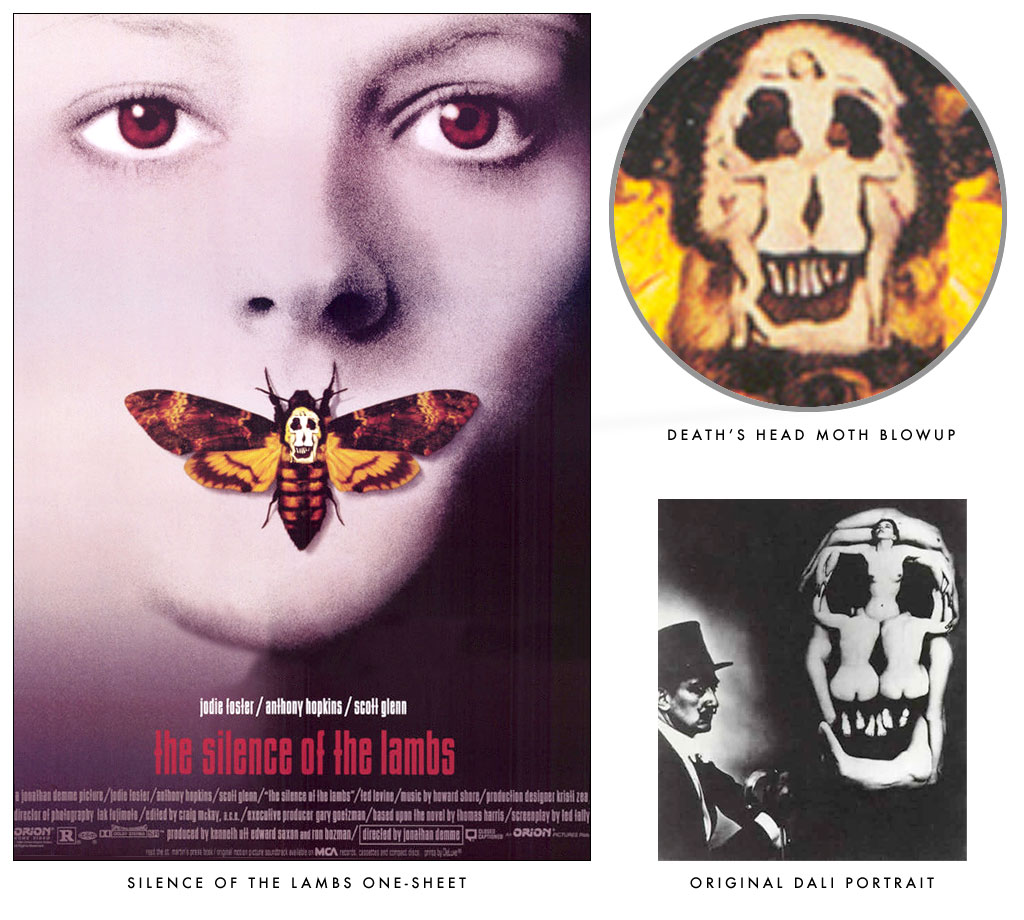We do not experience the parts of our environment separately; we try to organize those parts into a meaningful whole. Further, we want things and events to make sense in terms of what we already know.
According to Dr. Beau Lotto of the Institute of Oftalmology, only 10% of what we see comes from our eyes, the remaining part comes from our brain (Horizon, 2010).
The italian painter Giuseppe Arcimboldo was a forerunner of the application of these theories in the field of figurative art.
Arcimboldo painted this "portrait of Rudolf II as Vertumnus" in 1590.
During that historical period the cornerstone of Western culture was rationality.
Rationality was based on the law of non-contadiction: something either is or is not.
Arcimboldo suggested that a thing is more than we perceive and understand, and the perception of a thing is subjective.
Is this a man or a mass of vegetables?
Gestalt theory
More than 3 centuries later, in 1912, some researchers of the Berlin School of psychology stated that "human beings perceive within an environment according to all of its elements taken together as a global construct". This theory is known as Gestalt psycology (Arnheim, 1974).
The fundamental principle of gestalt perception is the law of prägnanz (German for pithiness).
In a nutshell, the Law of Prägnanz says that when confronted with visual information, people will attempt to organize that information into the simplest form possible. People will mentally process the visual information to create a mental image that:
- is symmetrical
- contains the simplest shapes possible
- contains the fewest number of shapes
Gestalt today
During the last years the Gestalt theory has been applied to promotional communications.
Gestalt elements in a film poster stand out and are remembered over time.
Gestalt Advertising
MOLSON True Canadian Taste campaign (july 2007)
The marketers of ZIG advertising agency took advantage of gestalt psychology creating amazing landscapes with thousands of beer glasses and bottles.
The sum of the parts (the bottles) is perceived by the watcher as a wild canadian landscape. As a result the ad conveys the message that Molson Canadian is a pure and refreshing beer made following the tradition of national breweries history.
In conclusion i can state that the application of gestalt theories is a mighty weapon in the hands of marketers.
See you soon and...don't forget your towel!
Sources
>Horizon (2010), television program, BBC two, London, 18 october.
>Arnheim, R. (1974) Art and Visual Perception: A Psychology of the Creative Eye. University of California Press.






Absolutely fabulous!
ReplyDelete